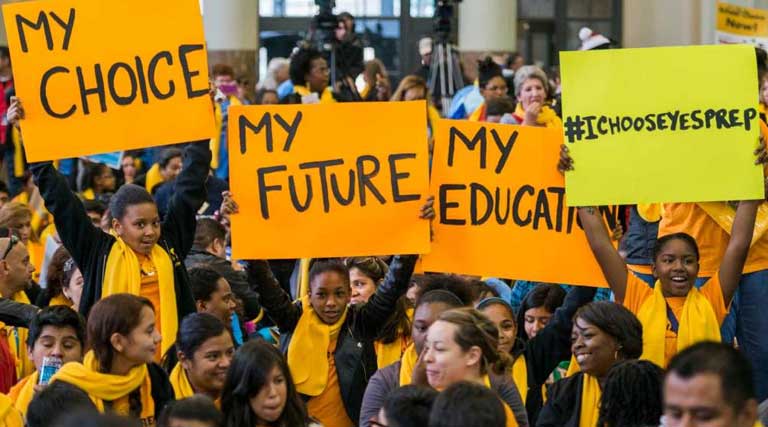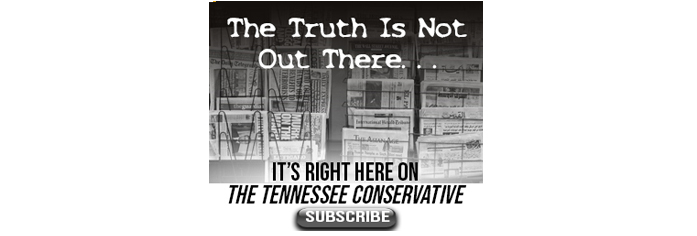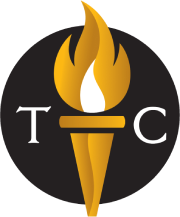Responses To The Pandemic Across The Country Exposed Weaknesses In All Aspects Of Society. But Arguably The Greatest Frailty Of Them All Could Be Seen In The Way That Our Public Schools Unraveled In The Past Year. Our Kids Are Suffering In So Many UnFathomable Ways. Americans deserve better, and choices for how we educate our kids with the tax dollars that we push forward to public education are vital. Not all kids are alike. My kids are no more important than yours. But our kids are all different and need customized solutions. The American public education system has been outdated, operates on an agrarian calendar and contributes significantly to our kids falling behind the world. If this moment isn’t the precise time to consider how we make education better, there won’t be another.
Responses to COVID-19 across the country have exposed weaknesses in all aspects of society.
Crises do that. Crises expose weaknesses. Crises show how the systems we trust and rely upon are so close to fraying.
But arguably the greatest frailty of them all could be seen in the way that our public schools unraveled over the past year. Our kids are suffering in so many unfathomable ways.
As School Choice Week comes to a close, let’s pause for a moment and consider how simply awful the current situation is for parents who have opted to maximize the value of the school taxes they pay and utilize the public service.
Ohio was the first to mandate school closures on March 12 and, within one day, 15 other states mandated school closures. Teachers unions, whose approach to maintaining strength of membership and loyalty long has valued service time over talent and student performance, leaned into the fear-stoking mainstream media and pushed state government for closures well ahead of any available science and data.
In Illinois, where my children attend public school, students in most local districts have been outside of the classroom since mid-March 2020.
Friday was the first day my youngest was allowed to return to class. It was the third time since the school shutdown in March that she’s been present in class. She’s 8.
She’s spent the better part of 10 months trying to learn via Zoom. It’s been miserable for her and for everyone around her. She tells me that she feels like a failure because she can’t stay engaged. She’s been corrected in front of her peers by teachers who are expecting engagement commensurate with in-person learning. She’s embarrassed. Turned off. Says that she doesn’t like school. Again, she’s 8.
She’s been clinically diagnosed as having special needs. Spending hours in front of a computer screen is the worst possible scenario for her and kids like her. But it is the only available option.
The private schools in our area are full. They have been operating on a 5-day in-school schedule since mid-August without incident.
Homeschooling is not a viable option for working parents. So we’re stuck, and our little girl is stuck in the middle of an archaic system that wasn’t great in its original form that is now repackaged into virtual delivery and operated by people who have zero experience teaching via distance learning.
Forget about what the American Academy of Pediatrics had recommended for kids and screen time before the pandemic: “Correlational studies have shown that 8- to 11-year-olds who exceed screen time recommendations scored lower on cognitive assessments, with compliance with recommendations explaining about a fifth of the overall variance in cognitive scores (The Lancet Child & Adolescent Health, Vol. 2, No. 11, 2018). A combination of screen time and too little sleep has also been associated with heightened impulsivity in the same age group (Pediatrics, Vol. 144, No. 3, 2019).”
Meanwhile, private schools have operated normally or with only slight modification and in accordance with local departments of health guidelines – across the country – without incident.
You’re not reading stories about massive outbreaks at private schools because they are not occurring. Teachers and students in these schools are not dying. It’s a fact that has gone largely unreported because it doesn’t fit the message of the fear-stoking organized labor unions that rule the public education machine.
Americans deserve better, and choices for how we educate our kids with the tax dollars that we push forward to public education are vital. Not all kids are alike. My kids are no more important than yours. But our kids are all different and need customized solutions. The American public education system has been outdated, operates on an agrarian calendar and contributes significantly to our kids falling behind the world.
No offense, but our ability to educate and our kids’ ability to learn shouldn’t have been ranked behind Poland in science, Lithuania in math, or Portugal in reading before the pandemic. You can only imagine where we will rank next year.
We need more charter schools that actually have to account for outcomes to continue to operate. We need magnet schools that would allow for specialized curriculums. We need more control of how tax dollars are allocated to education for the specific purpose of allowing the free market to improve the educational system, rather than to protect and maintain the draconian approach to educating children via the lone public options we’ve funded for generations.
If this moment isn’t the precise time to consider how we make education better, there won’t be another.
Much of the nation celebrated National School Choice Week last week, as more and more parents frustrated with remote-only learning, unhappy with public school outcomes and simply looking for alternatives are embracing school choice options.
In Arizona, a national leader in school choice options, private and charter schools saw enrollment increase significantly over the past year. In Michigan, roughly 10 percent of the state’s student population attend charter schools. In Ohio, more than 300,000 students take advantage of some type of school choice option in the state, and that number could grow thanks to legislation signed into law near the end of 2020. In North Carolina, a new poll shows a majority of residents now support school choice options. And in Kentucky, new legislation was filed that would create Education Opportunity Accounts that could be used in public or private schools across the state.
About the Author:

Chris Krug, The Center Square Publisher
Chris Krug brings more than 25 years of award-winning media experience to The Center Square. He is the former publisher of the Chicago Pioneer Press newspaper chain, and was vice president for Shaw Suburban Media and a deputy editor at the Denver Post.






